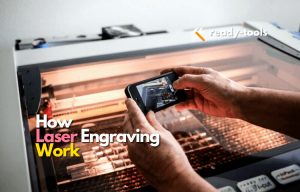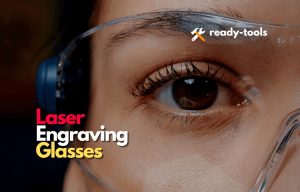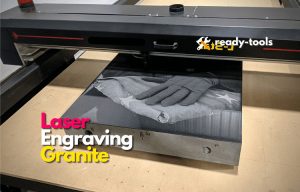In the laser marking world, laser engraving and etching are often used interchangeably. It is because the results produced from both methods are very similar. However, the laser etching process is completely different from laser engraving.
Moreover, the results of laser engraving are far more durable than etching. On the contrary, laser etching is more on the safe side as it prevents physical damage to the internal components of the material. In this article, I will discuss the key differences between laser etching vs. engraving.
Difference Between Etching and Engraving Process:
Laser etching and engraving have different applications in several fields. However, both procedures are effective for marking different materials. Therefore, it is vital to understand the difference between etching and engraving so that you can achieve the desired results from the material.
The Laser Etching Process:
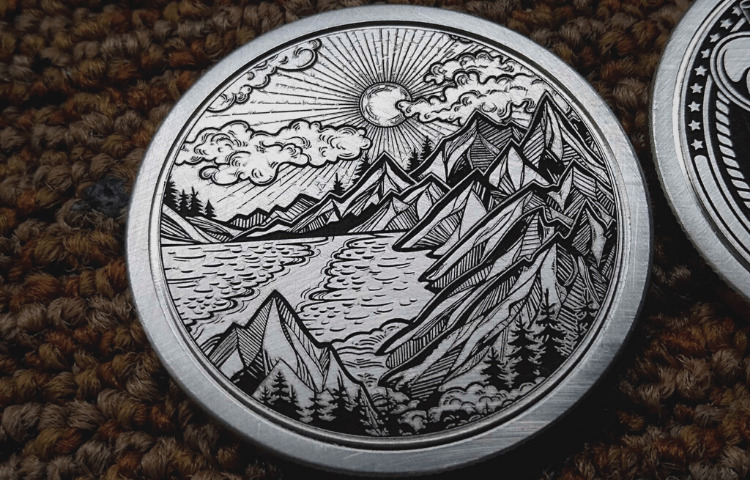
Laser etching is a process to mark various materials with text, design, and data using laser burns or various chemicals. The type and amount of chemical required for etching depend on the material under consideration. Similarly, the laser power required for etching is also different for different materials. For instance, you need a highly powerful laser for etching on metals, while the wooden material requires a low-powered laser beam.
When you place the material in a laser etcher, the laser starts to melt the micro-surface. The melted material distorts the fiber structure forming permanent markings on the surface. However, the laser etcher doesn’t penetrate deep into the material, so the vital components remain safe from any damage.
The Laser Engraving Process:

Laser engraving is a process in which the topmost layer of the material is vaporized using a powerful laser beam. The engraving material depends on the type of laser engraver you have. For instance, a CO2 laser can cut softwood, plastic, and bamboo. The Fiber laser is suitable for engraving metals, including engraving on stainless steel. Whereas you can use a diode laser when using leather for laser engraving.
The engraving material is placed in the work area of the laser engraver. You can choose to engrave the design, logo, text, or data from the laser software. When the laser beam hits the material, the outer layers start to vaporize. The laser penetrates several millimeters in the material slab to produce more permanent markings. However, this process isn’t suitable when engraving machinery as the laser penetration can potentially damage the useful components inside.
Differences Between Etching and Engraving:
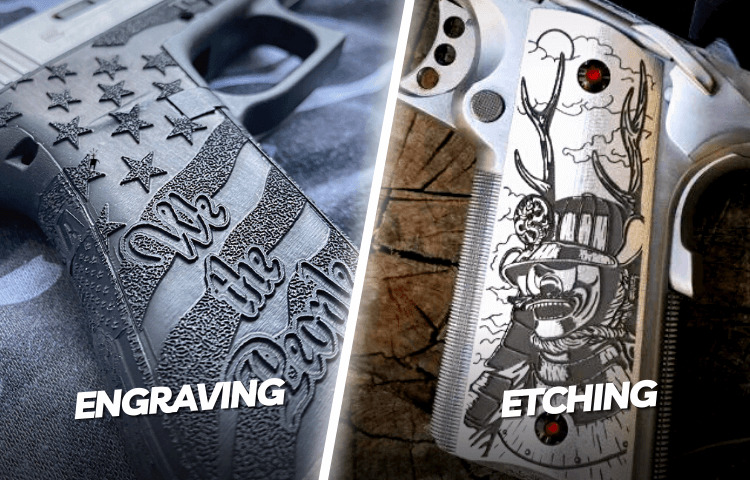
The difference in processes isn’t enough to explain the difference between engraving and etching. The best way to differentiate is to understand the results of the procedure. Firstly, laser etching is way faster than laser engraving. It is because less power is required to melt the material than is required for vaporizing. For instance, laser etching anodized aluminum takes about 10 minutes while engraving the same material can take up to 15-20 minutes, respectively. Here are a few differences between etching and engraving:
Durability:
Engraved leaves more permanent designs on the material than etching. It is because laser etching only melts the topmost micro-layer without disturbing the internal structure of fibers. Laser engraving vaporizes several materials up to several millimeters to produce desirable results. On the contrary, laser etching offers protection for the internal components and doesn’t change the material’s chemistry. This property is potentially useful for nameplates as the polymer doesn’t remain inert in nature after engraving.
Cost:
Laser engravers are comparatively expensive than laser etching machines. It is because a stronger laser module is required for vaporizing the material. However, only a limited number of materials are suitable for etching, while laser engravers are far superior in terms of applications. In any case, laser etching is safer, user-friendly, and cost-effective than laser engraving, especially for home DIYers.
Customization:
Laser etching provides more room for further customizing the material than laser engraving. It is because the engraved material is vaporized to a greater depth, and adding any additional compound can alter the material properties. On the other hand, laser etching material can be filled with colors and other protective coverings to enhance its properties without damaging the material’s chemistry. For instance, you can add different colors to the etched markings to enhance the elegance of your design.
Materials:
You are limited to only a few soft materials when using a laser etching machine. In comparison, laser engravers with their robust lasers can vaporize almost any material.
Materials for Engraving:
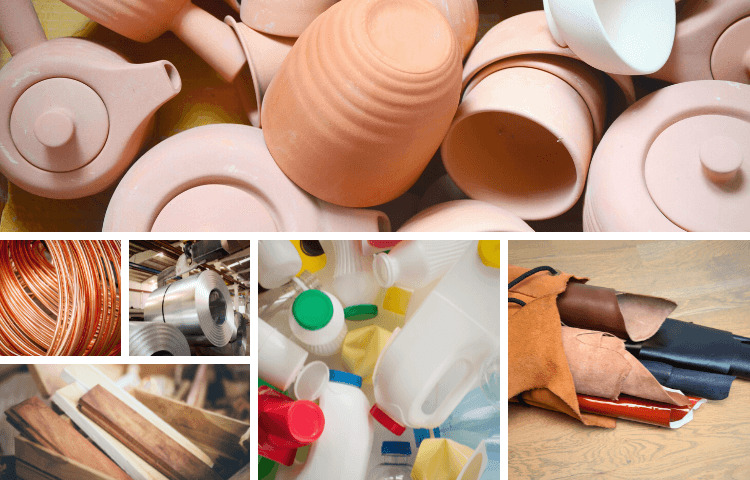
- Plastic polymers.
- Leather
- Steel
- Aluminum
- Stainless steel
- Wood
- Ceramics
- Acrylics
- Copper
Materials for Etching:
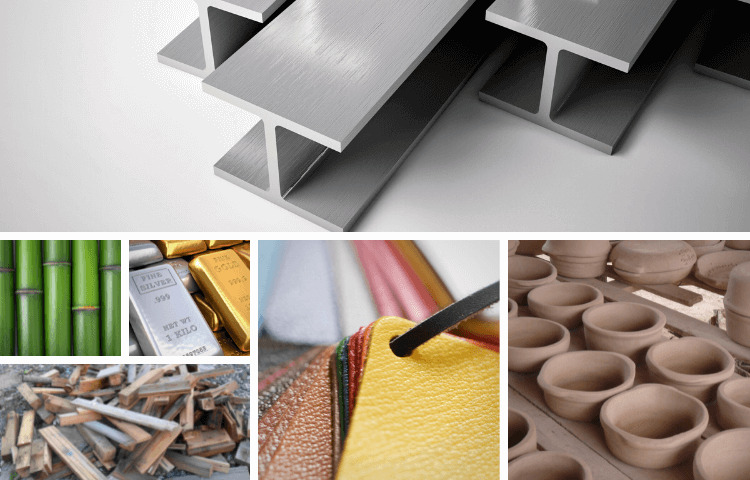
- Soft steel
- Wood
- Ceramic
- Leather
- Paper
- Bamboo
- Gold and silver
- Propylene
- Copper
- Aluminum
Why Do You Need Laser Etching & Laser Engraving?
In terms of usability, both laser etching and laser engraving have their pros and cons. You need to decide the suitable procedure according to the design and type of material you are using. Each method has its own limitations that you can tackle by using the appropriate method.
When to Etch?
- You are working with material not suitable for laser engraving or impact.
- Etching on steel prevents corrosion and keeps your design protected from environmental erosion.
- Etching is possible on assembled machines with vital components installed inside. The laser won’t even reach near the components.
- Etching photography can be colored to produce desirable results.
- Laser etching machines are cheap and don’t add much to your electricity bill.
When to Engrave?
- You want to leave permanent markings on hard materials like steel, hardwood, and PVC.
- Engraved markings last for up to 10 years without any physical damage. In some cases, the markings outgrow even the material itself.
- There is no room for alteration or tempering on a laser engraved material.
- Sheets of material that require special markings like logo and data before machine assembly.
- A high-resolution data marking means a lot of data can be marked in a very small area.
- Laser engraved jewelry is less likely to get physically damaged due to impact or friction.
- Engraved data doesn’t fade over time, and environmental factors don’t have any effect.
Which Industries Use Laser Etching & Engraving?
Laser etching and engraving are widely used in several industries. The main benefit of laser marking is that the data is permanent and less affected by the environment. As a result, useful information like branding, manufacturing, and product codes remain visible as long as their product is used.
Moreover, almost all government law agencies dictate that the product should be engraved to provide ease of traceability and prevent identity theft. The list of industries that use laser etching and engraving include:
Automobile:
Useful information needs to be permanently imprinted on various components. This data provides useful information about the vehicle’s whereabouts, like the date, color, components, and brand. For example, you can trace the origin of a car, its criminal record, and a list of components just by scanning the information table etched inside the driver-side door. Similarly, the engine information is traced by scanning the Car’s chassis number.
Computers:
Computer manufacturers use laser engraving and etching for labeling and branding purposes. The compatible components can be traced by searching for the component code etched inside the PC case.
Packaging:
Almost all brands avoid inkjet printers when labeling and packaging their products. Printing does not provide accurate results, and the ink fades over time due to various environmental factors. Therefore, laser etching is used to leave permanent markings of useful information like Mfg. Date, Expiry date, code, and price of the product. This dataset remains visible for as long as the product’s service life to provide easy traceability.
Frequently Asked Questions:
Which is better: hand-engraving vs. acid etching firearms?
Chemical etching is more preferable to hand engraving on firearms. It is because chemical etching uses a strong compound to burn the micro-layer of the material without damaging its chemistry or internal structure. Hand engraving a firearm can lead to irreparable damages and may even reduce its accuracy.
What is etching vs. engraving?
Etching is a process in which the top micro-layer of the material is burnt to produce the desired pattern. On the contrary, engraving is a method of penetrating several millimeters into the material to produce permanent markings on the material.
What is glass etching?
Glass etching or French embossing is a classical technique to roughen the surface of the glass in the desired area by using acids and caustics. This technique is used for useful etching information on the glass without damaging its surface.
Conclusion:
Laser etching and engraving are often used interchangeably due to the similarity of results. However, both the processes are very different and applicable to a certain variety of materials. This article discusses all the major differences in laser etching versus engraving.

